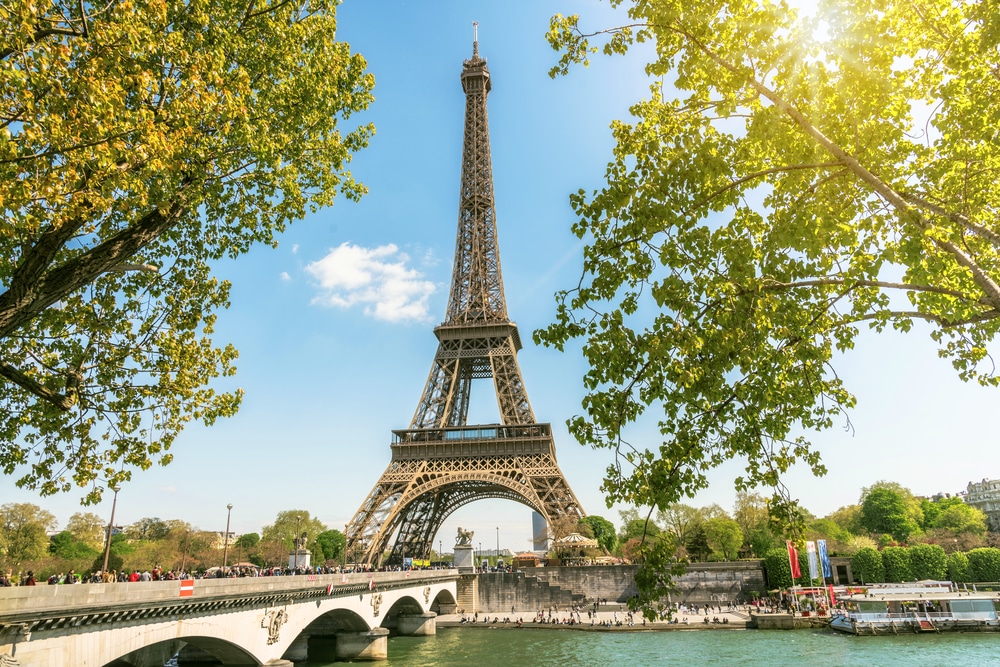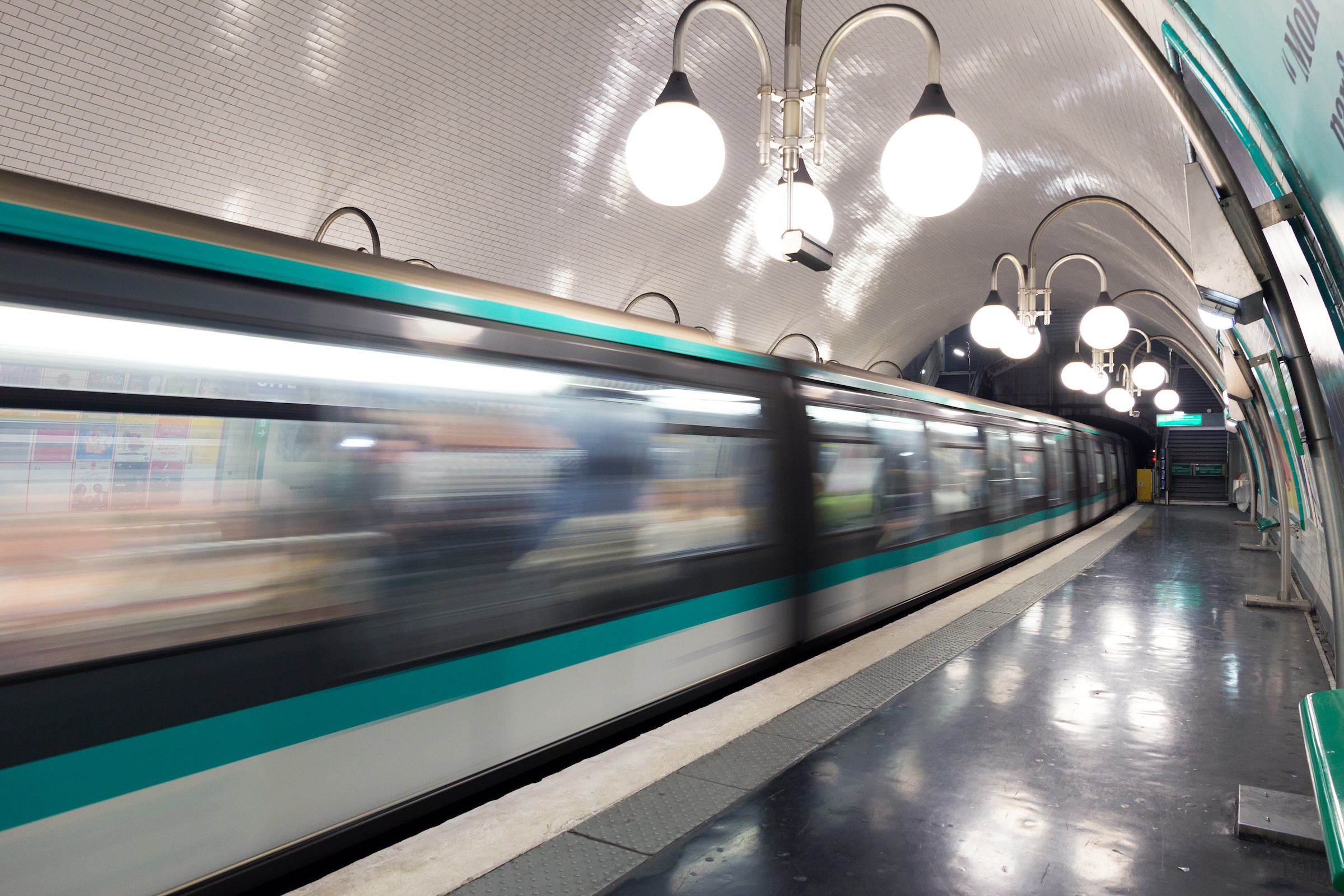Place des Vosges
Place des Vosges (also known as "Vosges Square" or "Vosges Square" in German) is located in the French capital Paris in the 3rd and 4th arrondissements. Located in the Marais district, it is considered one of the oldest and most beautiful in the entire city. Locals as well as curious tourists like to visit the Place des Vosges and can switch off from the hectic everyday life here.
Origin and history
The square in the French capital was commissioned at the express wish of King Henry IV. Already at the beginning of the 17th century, it was the first urban square in Paris. The bastides founded in the Middle Ages with their strict rectangular architecture as well as the elegant arcades were considered as its model. Its design is the epitome of French Classicism and a unique example of 17th century architecture.
The Place des Vosges was designed and built by Louis Métezeau. The French Renaissance architect was already responsible for several works of King Henry IV and his son, King Louis XIII. The Place des Vosges is rectangular in shape and measures approximately 140 meters by 140 meters. The beautiful layout has had several names through the centuries, such as "Place Royale", "Place de l'Indivisibilité" or "Place de la Fabrication des Armes". Since 1870, however, it now bears its official name, Place des Vosges.
The green jewel in Marais
If you are in the Marais district, don't miss this impressive square, one of the most beautiful in the capital. In the middle of the Vosges Square, there is a beautiful green area with a fountain. Here, locals and travellers can get away from it all and relax. The park is ideal for a cosy picnic and a good dose of relaxation.
Some nice buildings, as for example two royal pavilions from the early 17th century characterize the place at the north as also at the south side. But these are not open to the public. A bronze equestrian statue of King Louis XIII could be admired in former times, but fell victim to the French revolution. The octagonal fountain now stands in its place.
Along the square there are some brick houses that are worth visiting. The house of Victor Hugo, the author of "Les Misérables", has been converted into a museum and attracts a large number of curious visitors every day except Mondays. Under the arcades are entrances to hotels and exclusive gourmet restaurants.




